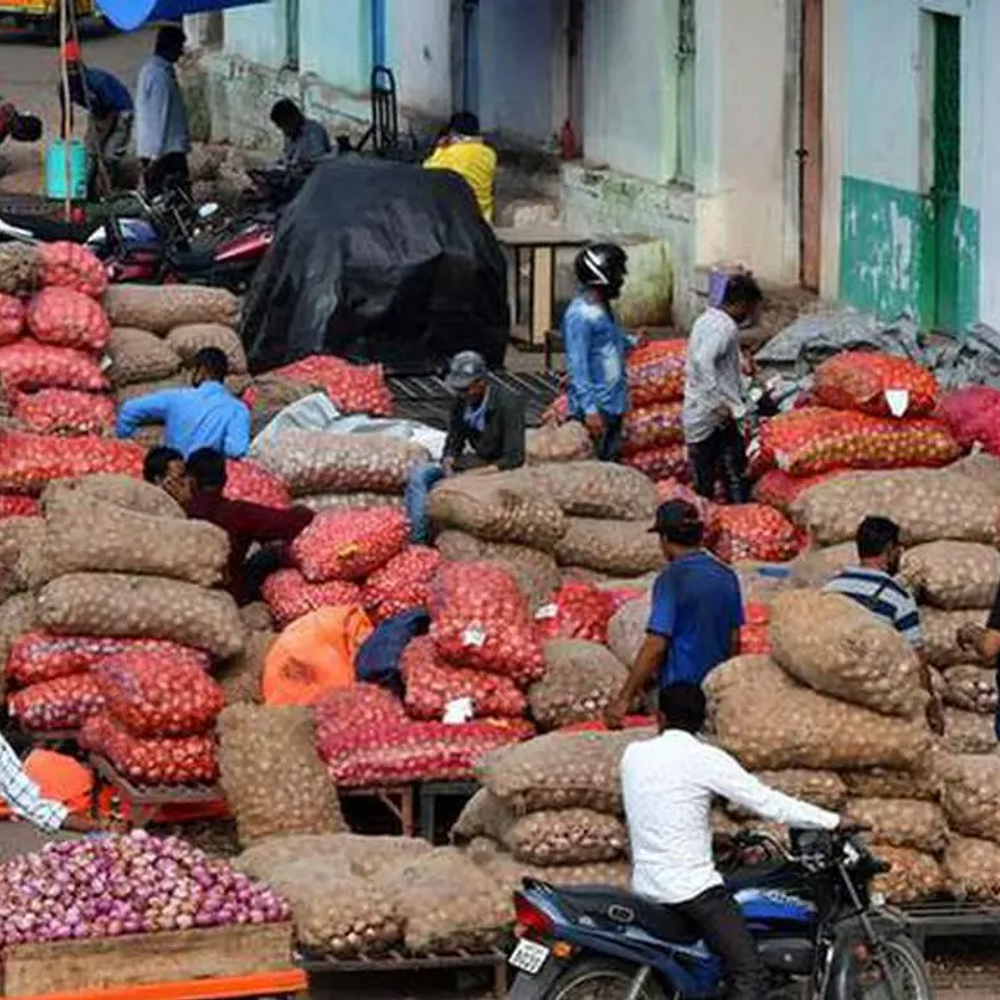Due to the reduction in costs of foods and beverages, the retail inflation in January has dipped to a 5-month low of 4.31%. Reportedly. the inflation was at 3.65% in August. Earlier in December, inflation was at 5.22% according to the government-released inflation figures. Reports suggest that food and drinks contribute about 50% to the inflation basket. Reportedly the inflation of these consumables has decreased from 8.39% to 6.02% on a month-on-month basis. Meanwhile, rural inflation has also decreased from 5.76% to 4.64% and urban inflation has decreased from 4.58% to 3.87%. How does it affect you?
Inflation is directly related to the purchasing power of an individual. For example, if the inflation rate is 6%, the actual market value of earned Rs 100 by a citizen will be only 94 rupees. Therefore, one should invest keeping inflation in mind. Otherwise, the value of your money could decrease rapidly. How does inflation increase or decrease?
The increase and decrease of inflation depends upon the demand and supply of products within a country. Hence, if people have more money, they will buy more things. Buying more things will increase the demand for commodities, and if the supply does not fulfil the demand, the prices of these things will increase. In this way, the market gets caught in the grip of inflation. In simple terms, excessive flow of money in the market or shortage of things causes inflation. On the other hand, if demand is low and supply is high, inflation in a country decreases. Inflation is determined by CPI
As a customer, you and I buy goods from the retail market. The Consumer Price Index (CPI) shows the changes in prices related to this. CPI measures the average price we pay for goods and services. In addition to crude oil, commodity prices, and manufacturing costs, are things that play a crucial role in determining the retail inflation rate. There are about 300 items whose prices determine the rate of retail inflation of a country.Original Article
Retail inflation eases to 4.31% in January:Decline driven by slower food price rise; know how inflation rate affects you








